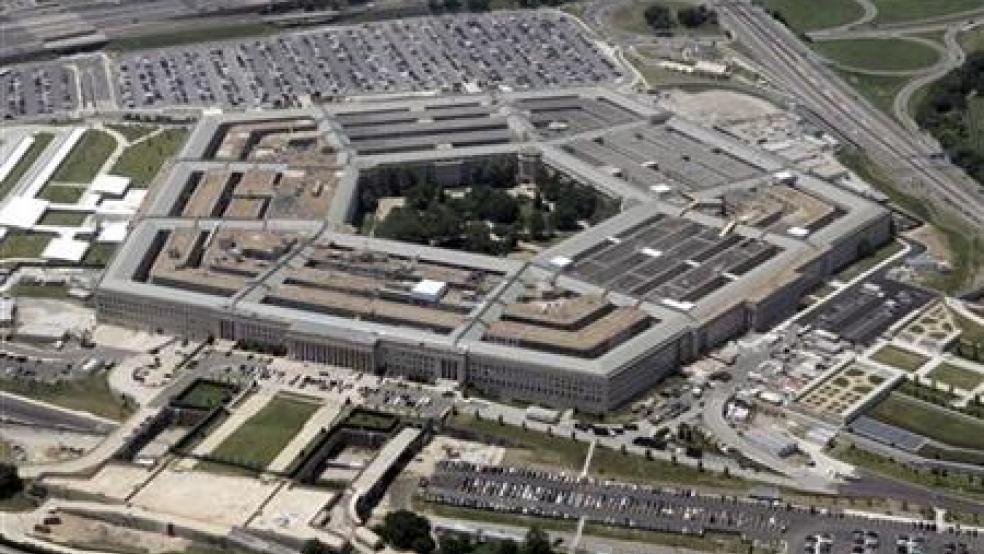Congress, along with President Obama and his eventual successor, should reject a push by the U.S. Defense Department to create a separate fund to modernize the country’s nuclear triad, an effort that could end up costing around $1 trillion, according to a pair of budget analysts.
“This is bad budgeting and bad planning. It would further erode any remaining budgetary discipline at DOD (where does the precedent of setting aside special funding stop?). And instead of using budget constraints to encourage the Pentagon to set priorities and make choices, it sends an all-too-common message to the services to simply request more,” Gordon Adams, a former senior Office of Management and Budget official, and Richard Sokolsky, a senior associate at the Carnegie Endowment for International Peace, wrote in a Defense One op-ed.
“Nothing could do a greater disservice to U.S. national security than to allow such a profligate spending message to be sent to the Defense Department,” the pair added.
Related: How Will the Air Force Pay for its Budget-Busting Next-Generation Bomber?
The idea of setting up a separate account for refurbishing the three legs of the U.S. nuclear “triad” -- the land-sea-and air-based platforms and the atomic weapons -- has been around for a while now.
The fiscal 2015 defense policy bill authorized the creation of the special deterrence account for the Navy’s next-generation nuclear submarine program, also known as the SSBN(X), which has an estimated lifetime cost of roughly $347 billion. Some lawmakers believed that because the sub effort is so expensive that it should be dubbed a “national” program and funded from accounts throughout the Pentagon rather than strictly from Navy coffers, thus avoiding painful budget cuts to other service efforts.
Last month Air Force Secretary Deborah Lee James told House lawmakers that if the fund, which is currently empty, remains on the books then her service’s next-generation bomber, with an estimated $100 billion lifetime price tag, and the $62 billion replacement for the Minuteman III intercontinental ballistic missile (ICBM) should also be included.
Related: The Navy Hunts for Its Next-Generation Nuclear Submarine
Days later Defense Secretary Ash Carter told the Senate Armed Services Committee that a nuclear deterrent fund “may make sense.”
“I am agreeing with you that I think that a broader nuclear deterrent fund may be appropriate,” he said.
Maintaining and modernizing the U.S. nuclear arsenal over the next three decades could cost $1 trillion, according to a 2014 think-tank study. Last year the non-partisan Congressional Budget Office said the bill could be over $350 billion in the next 15 years.
With those kind of numbers floating around, the Obama administration, and its replacement, should consider ways to shrink its nuclear stockpile, not maintain it, according to Adams and Sokolsky.
Related: The Top 15 Military Spenders in the World
For example, the U.S “has the capability, using just submarines, to conduct a range of large-scale and limited nuclear attacks,” they argue. The odds that any enemy could achieve a catastrophic breakthrough in anti-submarine warfare capabilities or that the United States would suffer a catastrophic failure in the warheads used on the Trident’s missiles are close to zero.”
If Washington is too nervous to cut two lags of the triad, it can keep a small bomber force composed of existing aircraft, like the B-52 or the B1, and atomic bombs to “provide added insurance.”
“Creating a separate fund to protect service budgets from the costs of modernizing strategic nuclear weapons not only cheats the American taxpayer but also fuels an unnecessarily large arsenal stuffed with weapons America does not need to remain safe,” the pair state.






